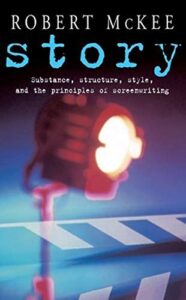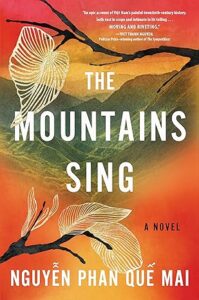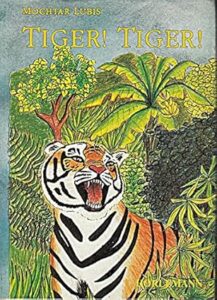This blog post is not a summary of STORY. Claiming otherwise would be the height of naivety.
STORY is a very dense book. You wouldn’t digest it by reading bits and pieces before falling asleep or on the train. It demands full concentration. Yet, every single sentence of the book is worth the time you spend on it.

Robert McKee isn’t merely a story consultant in Hollywood. He reflected on the nature of storytelling and, by writing this book, invites you to do the same. He never wrote and sold a single screenplay, so you may argue that he doesn’t know the market. Yet, his accurate, profound analysis teaches you more than what most authors would possibly teach you in their webinars or books.
I didn’t read STORY; I studied it. After reading each chapter, I closed the book and tried to write the concept of the chapter on paper, but I failed. I opened the book and read it again and again until I could write a summary of the chapter. Then, I wrote a summary of the chapter in my Obsidan notes. During all these readings, rereadings, and summary writings, I discovered many mistakes in my writing.
STORY consists of four parts. In this blog post, I shall review the first two parts.
PART 1: The Writer And The Art Of Story
STORY begins with what you wouldn’t expect: the decline of story. Before reading his quote, let me remind you that McKee wrote this paragraph in 1998. I am wondering what he would say about the quality of books and movies today! Quantity soared, quality sank—and it keeps sinking.
This chapter answered a question I’ve had in recent years: Why have good movies become so rare? Why are so many books so boring that I can’t force myself to read more than the first 50 pages—sometimes even fewer? Thin-paper characters, loose plots!
McKee’s answer is concise: the loss of craft.
His solution is to study the craft of writing and
Part 2: The Elements Of Story



